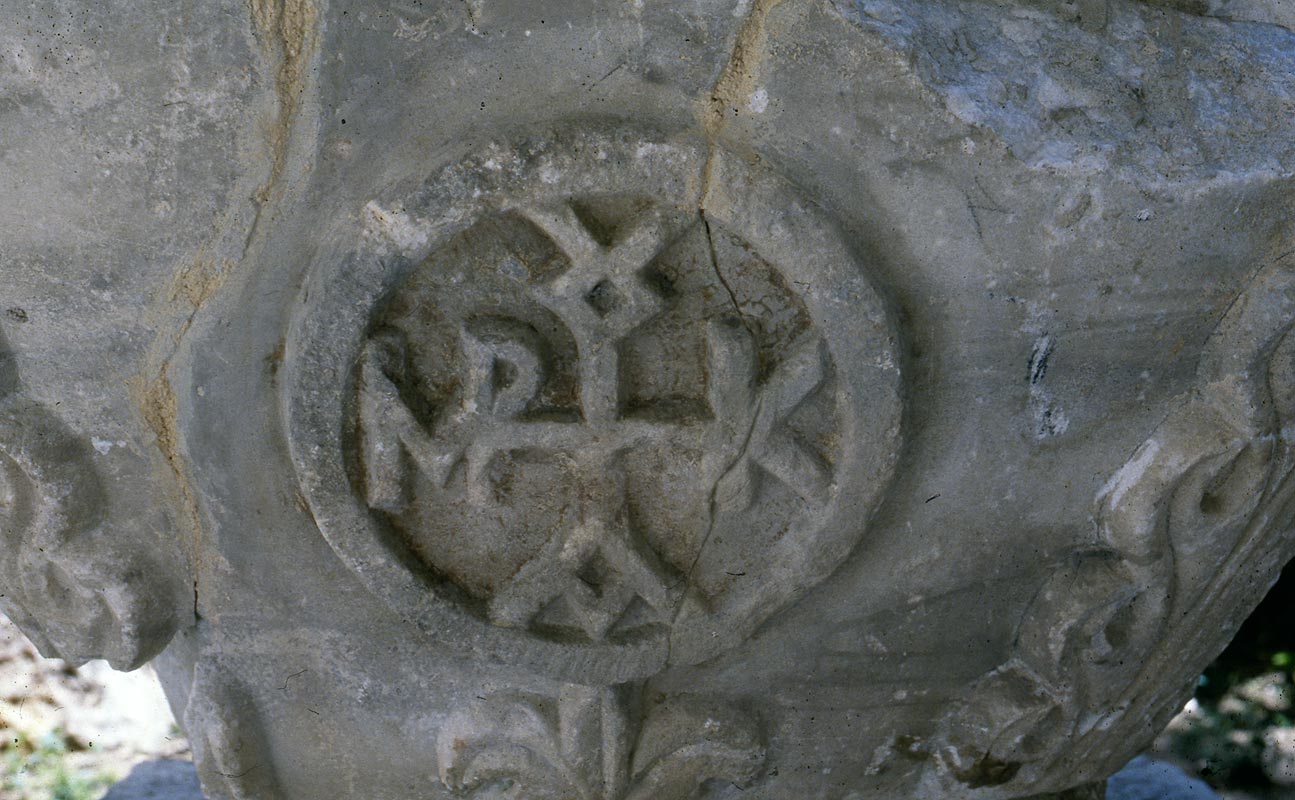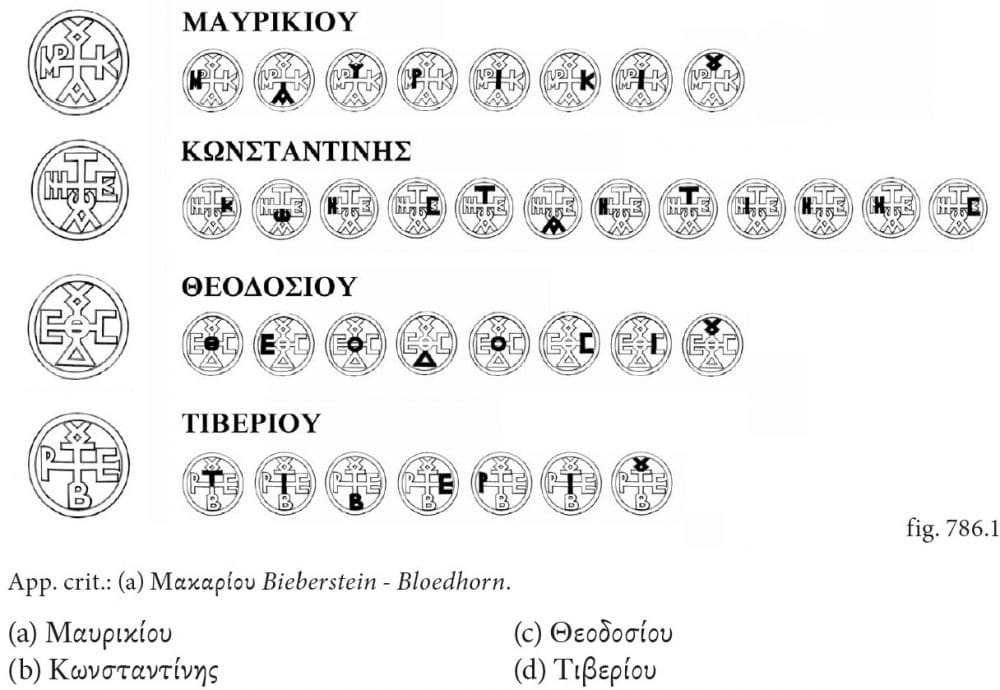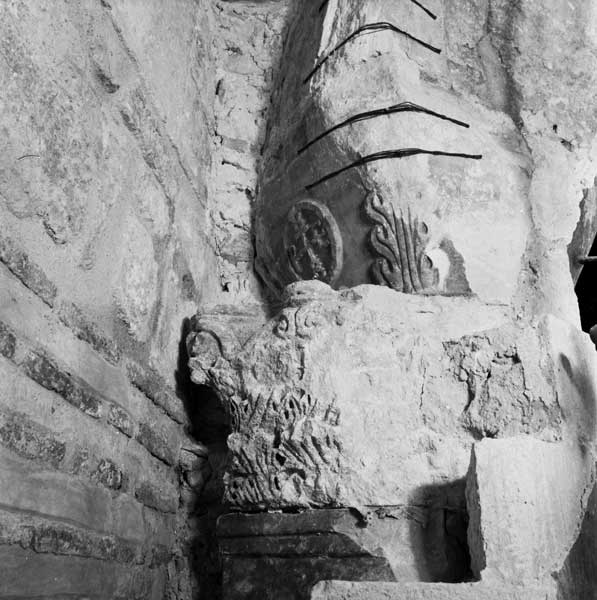Let’s restore together the objects of the Holy Sepulcher
Studying the history of sanctuaries also means understanding how men lived their relationship with the places of the incarnation and how they showed respect and love for the land where Jesus lived, died and rose again.

Capitals
The two colossal Byzantine marble capitals

The baptismal font
The baptismal font in the shape of a cross

Floor of the Holy Sepulcher
A section of the floor
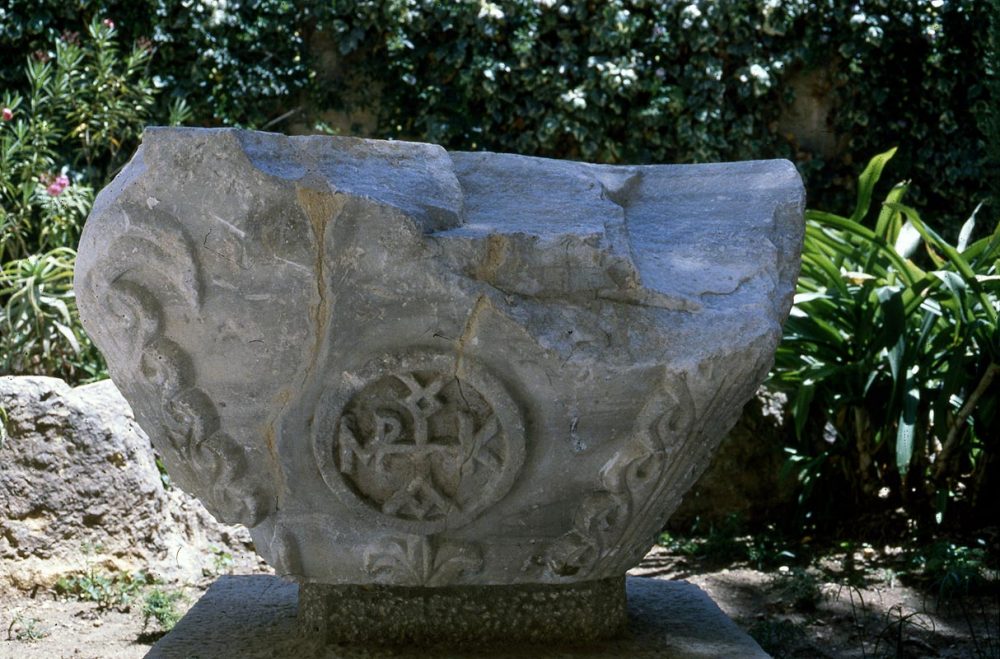
FIRST OBJECT
Capitals
Only 4 years ago, scholars were able to decipher the monograms on the capitals: they are the monograms of the Byzantine emperor Maurice (who reigned from 582 to 602 AD), his wife Constantina and their sons Tiberius and Theodosius.
Since no major constructive intervention by Emperor Maurice in the Basilica of the Holy Sepulcher is known, the capitals are thought to have been brought to the Holy Sepulcher during the reconstruction done by Constantine Monomachos in the 11th century, taking them from some other destroyed building in Jerusalem. , probably a large basilica dedicated to the Virgin called the "Mauritian building", demolished in 614 AD during the Persian conquest of Jerusalem. This discovery is important because it makes us understand how Marian devotion has always been very important for Christians and that even an imperial family has linked its name to Mary forever. Not only the emperors but also common people with their generosity have allowed over the centuries to guard the Holy Places and keep the traces of the events that took place in the Gospel.
SECOND OBJECT
Baptismal font
The Holy Sepulcher is a church of a community of Christians that has been alive since the early centuries: the presence of the baptismal font in the shape of a cross, typical of the rite of the Greeks who baptize with immersion in a tub, testifies to it; it is made of Bethlehem stone, of an intense pink color. Experts date this source to the sixth century and its presence and position at the Sepulcher is still described in the seventeenth century as being located near the entrance to the Franciscan convent; in the eighteenth century the source is described in the documents as broken and unused. Today it is in the deposits of the Custody of the Holy Land. It presents itself with considerable damage but it is an important historical testimony of the life of a community of faithful who lived daily the relationship with the sanctuary of the Holy Sepulcher. This is why we want to restore it.
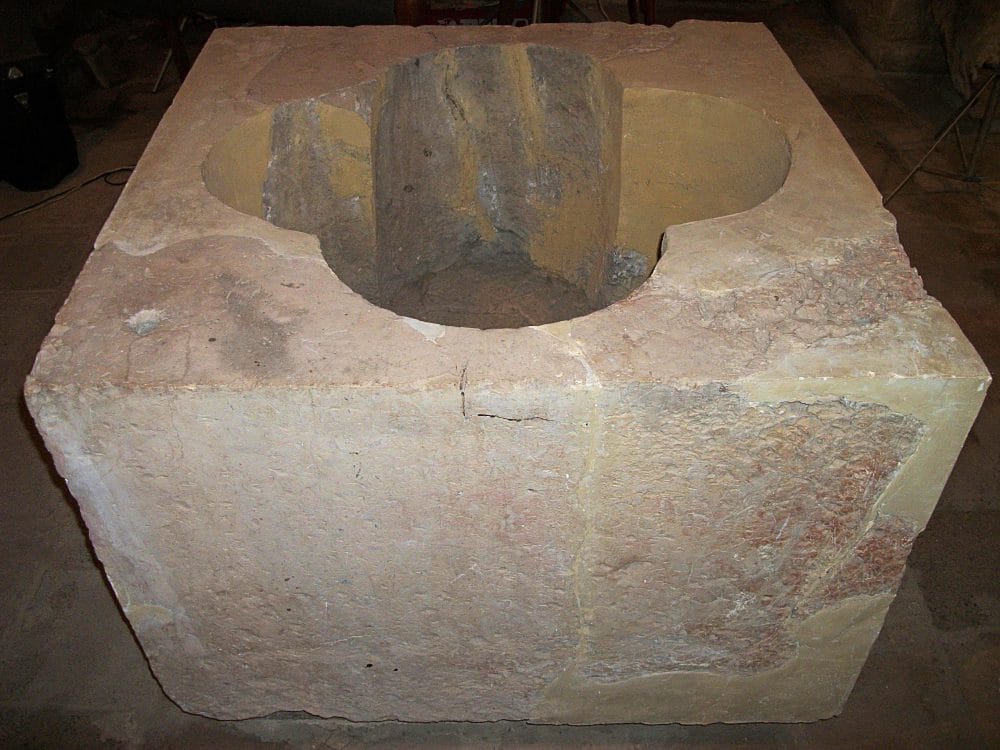
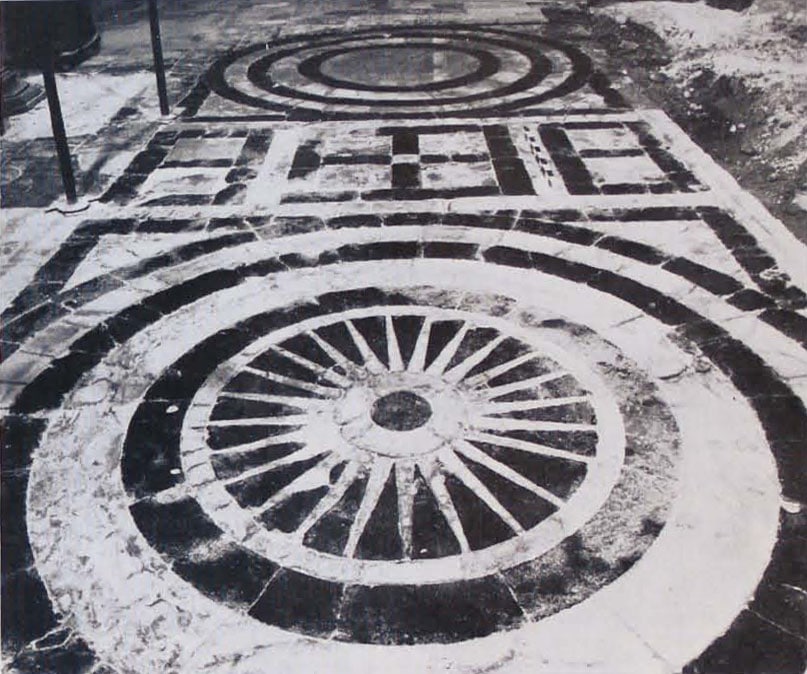
THIRD OBJECT
Floor of the Holy Sepulcher
Another element in need of restoration is a section of the floor of the Holy Sepulcher which had been removed in the late 1970s because it was disconnected and dangerous for pilgrims and religious during religious services, and replaced by an integral copy. It is an 11th-century floor that is important for the decoration of a star that indicates the place where Mary of Magdala was called by the risen Jesus. Today the original round with star-ray pattern is in stock and needs to be cleaned, restored and reassembled. We want to expose it and explain it to the pilgrims to make it clear how even through the construction of the sanctuary floor we wanted to make the pilgrims understand what happened right there. Everything in these places has a meaning, even the design of a floor tells the story of salvation.
Holy Sepulchre, a 3D-journey back in time
Help us restore the Holy Sepulcher
UK TAX PAYERS
For tax payers from the United Kingdom, we can claim Gift Aid* on your donation.
Click on the button below to make your donation, and don't forget to flag "Yes, I want Pro Terra Sancta to claim Gift Aid on my donations"!

*Gift Aid allows us to reclaim tax on donations you have made to Pro Terra Sancta. That means for every donation you have donated, the government will give us an extra 25% at no extra cost to you.
For American donors ONLY
If you wish to donate a minimum of $500 (with possibility of tax deduction) please contact info@proterrasancta.org BEFORE making the donation.







